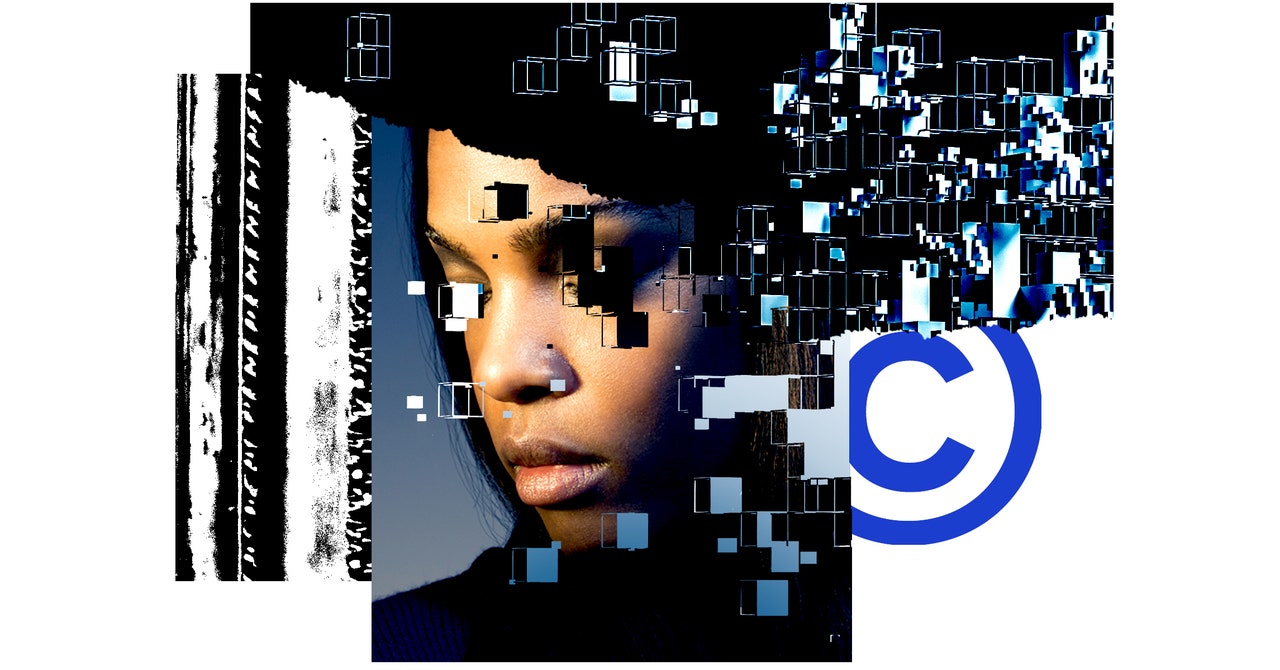Title: Portrait Piracy: The Dark Side of NFT Art
Subtitle: Non-consensual use of identities for NFTs raises ethical and legal concerns
Art World Intricacies
Imagine walking into a contemporary art gallery and discovering a digitally rendered image of your face, alongside an unsavory cast of industry compatriots. As you approach the artwork, you notice a placard bearing your full name and a small orange sticker denoting the purchase of ownership. Sounds disturbing, right?
Rise of Portrait Piracy
What you just imagined mirrors the emergence of “portrait piracy” in the non-fungible token (NFT) market. This phenomenon is a combination of identity theft, exploitation imagery, and cryptocurrency side hustle. NFTs are essentially receipts of the purchase of a record on a blockchain, serving as a certificate of authenticity for digital collectibles.
Exploitative NFT Collections
Two NFT collections, MetaDeckz and Cipher Punks, have come under fire for featuring unauthorized portraits and names of prominent internet personalities, including Twitch streamers and digital rights advocates. These collections were set to be offered as NFTs, generating profits for the artists without seeking consent from the individuals depicted in the artwork.
Web3 Ecosystem and Digital Rights Abuse
This incident sheds light on the few safeguards in NFT marketplaces like OpenSea and the potential for digital rights abuse. The team behind the Cipher Punks NFT sale issued an apology and took down their collection after facing objections from the individuals featured. This serves as proof of concept for digital rights abuse in the Web3 ecosystem.
Shortcomings of the VC-Backed Web3 Ecosystem
Archivists are already pointing out the shortcomings of the new VC-backed Web3 ecosystem. The emergence of abuse and harassment in a platform built around identity management, anonymity, blockchains, and cryptocurrencies raises concerns about the lack of recourse for victims. This highlights the potential harm that can arise in the new web architecture.
Threat-Mapping Avenues of Exploitation
Worst-case scenarios and threat-mapping avenues of exploitation is vital as precedents of abuse in the digital realm continue to increase. The possibility of doxxing ex-partners, dead-naming prominent trans people, and exploiting adult film stars through NFTs raises ethical and legal concerns.
In conclusion, the rise of portrait piracy in the NFT market has brought to light ethical and legal concerns regarding the non-consensual use of identities for profit. As the Web3 ecosystem continues to evolve, it is crucial to address the potential avenues of exploitation and develop safeguards to protect individuals from digital rights abuse.

I have over 10 years of experience in the field of cryptocurrency and blockchain technology. I have attended numerous conferences and events around the world, and my work has been featured in major publications such as CoinDesk, Bitcoin Magazine, and Yahoo Finance.



